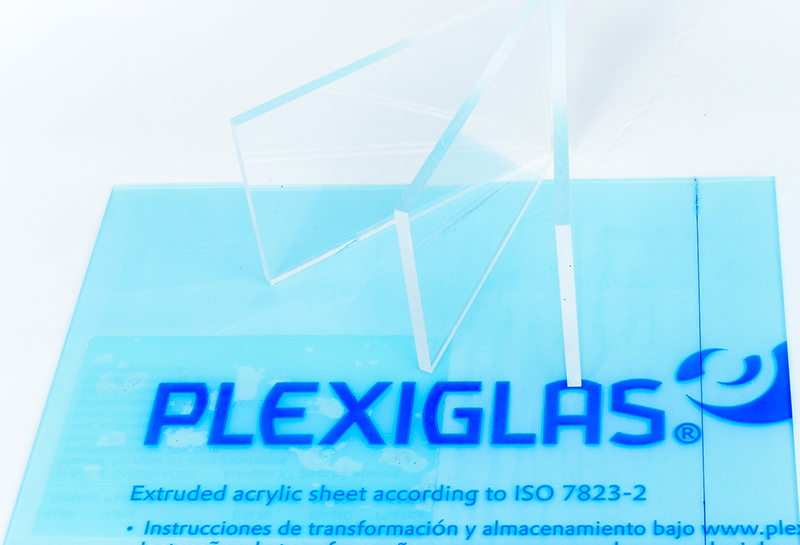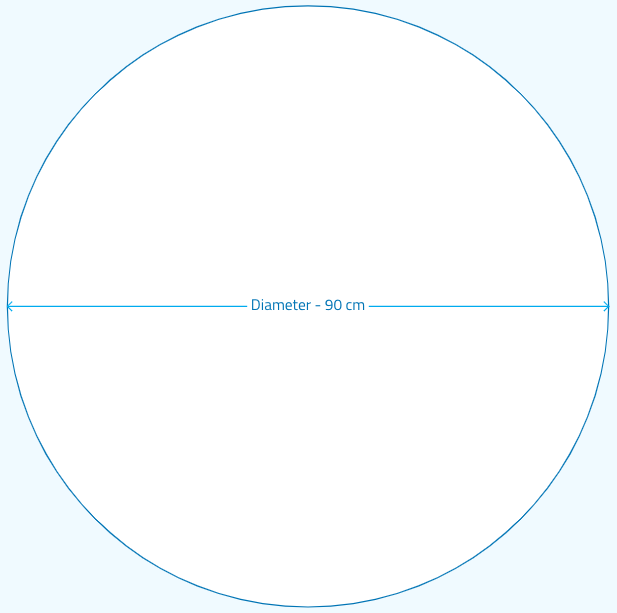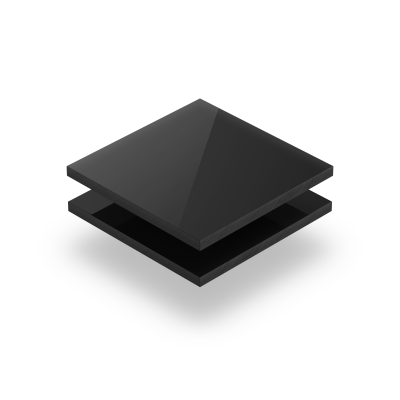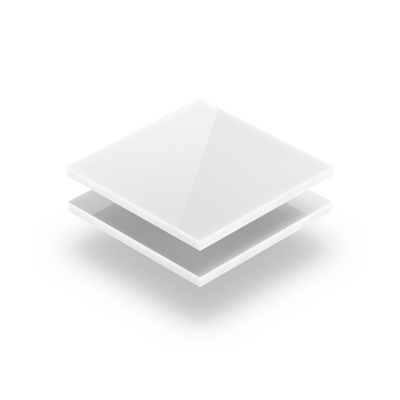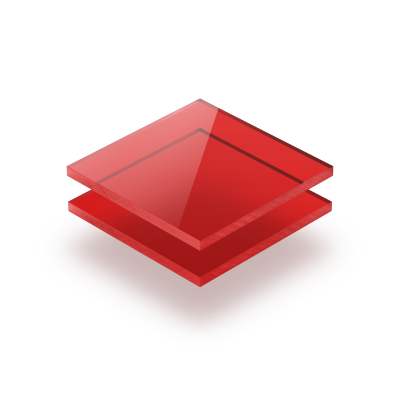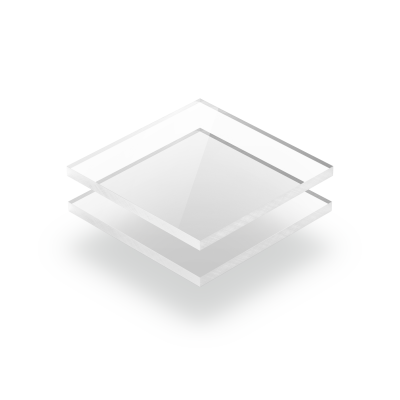We regularly get asked the question: what is the difference between Plexiglass and acrylic? We can give a short answer to this: there is absolutely no difference. This is because acrylic is the usual abbreviation for polymethylmethacrylate, and Plexiglas® is one of the many brand names of this plastic. Over time this brand name has become generic as ‘plexiglass’. Just think of Luxaflex, a manufacturer of awnings, the name of which has become synonymous with horizontal blinds.
Plexiglass – almost a century old
The production of Polymethylmethacrylate/acrylate started in the 1930s and was first marketed in 1936 by the American company Rohm and Haas. The basic materials are sulphuric acid, hydrogen cyanide, methanol and acetone. None of these are the safest substances, but the end product is completely harmless. Plexiglass is flammable, but if it burns, it does not form any harmful substances at all. The residual products are carbon dioxide and water.
Plexiglass is not heat-resistant and therefore cannot be used for safety applications. Because of its weight, strength and relatively low price, this plastic is often used for glazing large surfaces, such as wind and noise screens. Because of its strength, plexiglass is widely used in very large aquariums and pools in zoos. This requires a glass thickness of up to 30 centimetres, if ordinary glass were to be used for this, the transparency would be too low and, moreover, the glazing would be much too heavy.
Two types of acrylic: cast and extruded
Two types of plexiglass are available commercially: the cast and extruded types. The cast version is moulded after the production process into a flat sheet. The extruded types are rolled into thinner thicknesses after pouring. When the thickness decreases, the sheet surface increases, making it easier to make a larger acrylic sheet. The disadvantage is that the stresses in the sheet material increase, during processing an extruded sheet will break and crack easily. The so-called “budget Plexiglass” is also not always UV-resistant, important to know if the material is used as glazing.

